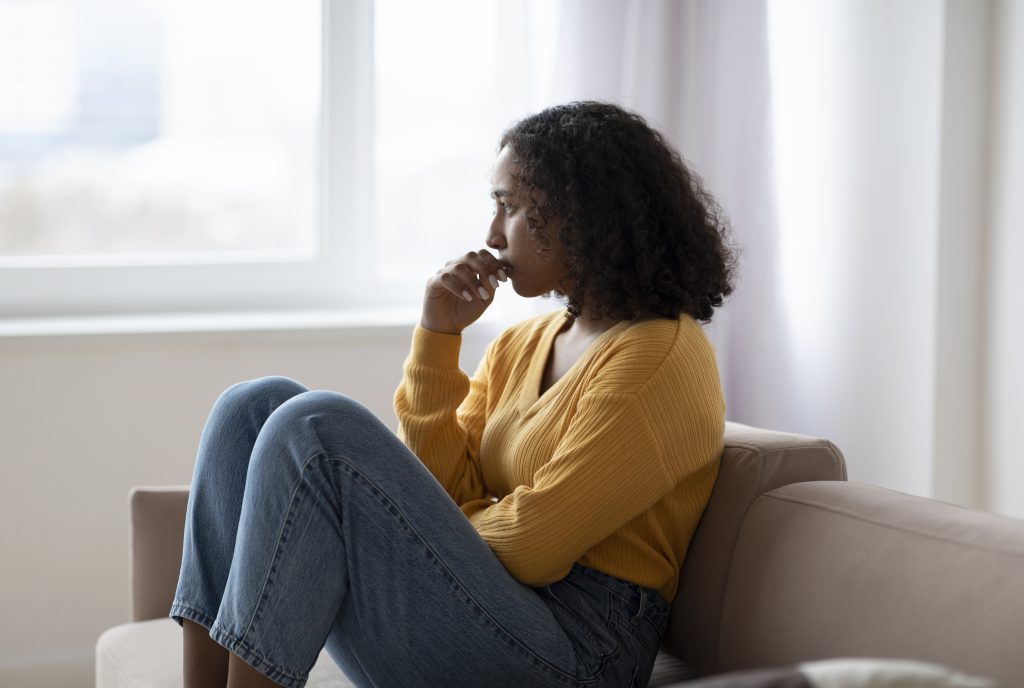Responding to Trauma: About PTSD
Post traumatic stress is an anxiety disorder that can occur after you have been through a traumatic event. A traumatic event is something horrible and scary that you see or that happens to you. During this type of event, you think that your life or others’ lives are in danger. You may feel afraid or feel that you have no control over what is happening.
Anyone who has gone through a life-threatening event can develop PTSD. These events can include:
· Combat or military exposure
· Child sexual or physical abuse
· Terrorist attacks
· Sexual or physical assault
· Serious accidents, such as a car wreck.
· Natural disasters, such as a fire, tornados, hurricanes, floods, or earthquakes.
After the event, you may feel scared, confused, or angry. If these feelings don’t go away or they get worse, you may have PTSD. These symptoms may disrupt your life, making it hard to continue with your daily activities.
All people with PTSD have lived through a traumatic event that caused them to fear for their lives, see horrible things, and feel helpless. Strong emotions caused by the event create changes in the brain that may result in PTSD.
Most people who go through a traumatic event have some symptoms at the beginning. Yet only some will develop PTSD. It isn’t clear why some people develop PTSD and others don’t. How likely you are to get PTSD depends on many things. These include:
· How intense the trauma was or how long it lasted
· If you lost someone you were close to or were hurt
· How close you were to the event
· How strong your reaction was
· How much you felt in control of events
· How much help and support you got after the event
Many people who develop PTSD get better at some time. But about 1 out of 3 people with PTSD may continue to have some symptoms. Even if you continue to have symptoms, treatment can help you cope. Your symptoms don’t have to interfere with your everyday activities, work, and relationships.
Can children have PTSD?
Children can have PTSD too. They may have the symptoms described above or other symptoms depending on how old they are. As children get older their symptoms are more like those of adults.
· Young children may become upset if their parents are not close by, have trouble sleeping, or suddenly have trouble with toilet training or going to the bathroom. Children who are in the first few years of elementary school (ages 6 to 9) may act out the trauma through play, drawings, or stories. They may complain of physical problems or become more irritable or aggressive. They also may develop fears and anxiety that don’t seem to be caused by the traumatic event.
Symptoms of the disorder can be terrifying and may disrupt your life. It may be hard just to get through the day.
PTSD symptoms usually start soon after the traumatic event, but they may not happen until months or years later. They also may come and go over many years. If the symptoms last longer than 4 weeks, cause you great distress, or interfere with your work or home life, you probably have PTSD.
There are four types of symptoms:
Reliving the event (also called re-experiencing symptoms):
Bad memories of the traumatic event can come back at any time. You may feel the same fear and horror you did when the event took place. You may have nightmares. You even may feel like you’re going through the event again. This is called a flashback. Sometimes there is a trigger: a sound or sight that causes you to relive the event.
Avoiding situations that remind you of the event:
You may try to avoid situations or people that trigger memories of the traumatic event. You may even avoid talking or thinking about the event. This can often prevent someone from seeking help.
Feeling numb:
You may find it hard to express your feelings. This is another way to avoid memories. You may not have positive or loving feelings toward other people and may stay away from relationships. You may not be interested in activities you used to enjoy. You may forget about parts of the traumatic event or not be able to talk about them.
Feeling keyed up:
You may be jittery, or always alert and on the lookout for danger. This is known as hyperarousal. It can cause you to:
Suddenly become angry or irritable
Have a hard time sleeping
Have trouble concentrating
Fear for your safety and always feel on guard
Be very startled when someone surprises you
Other Problems
People with PTSD may also develop other problems. These include:
· Drinking or drug problems
· Feelings of hopelessness, shame, or despair
· Employment problems
· Relationships problems including divorce and violence
· Physical symptoms
When you have PTSD, dealing with the past can be hard. Instead of telling others how you feel, you may keep your feelings bottled up.
But treatment can help you get better.
There are good treatments available for PTSD. Cognitive-behavioral therapy (CBT) is one type of counseling. It appears to be the most effective type of counseling for PTSD. There are different types of cognitive behavioral therapies such as cognitive therapy and exposure therapy. A similar kind of therapy called EMDR, or eye movement desensitization and reprocessing, is also used for PTSD.

